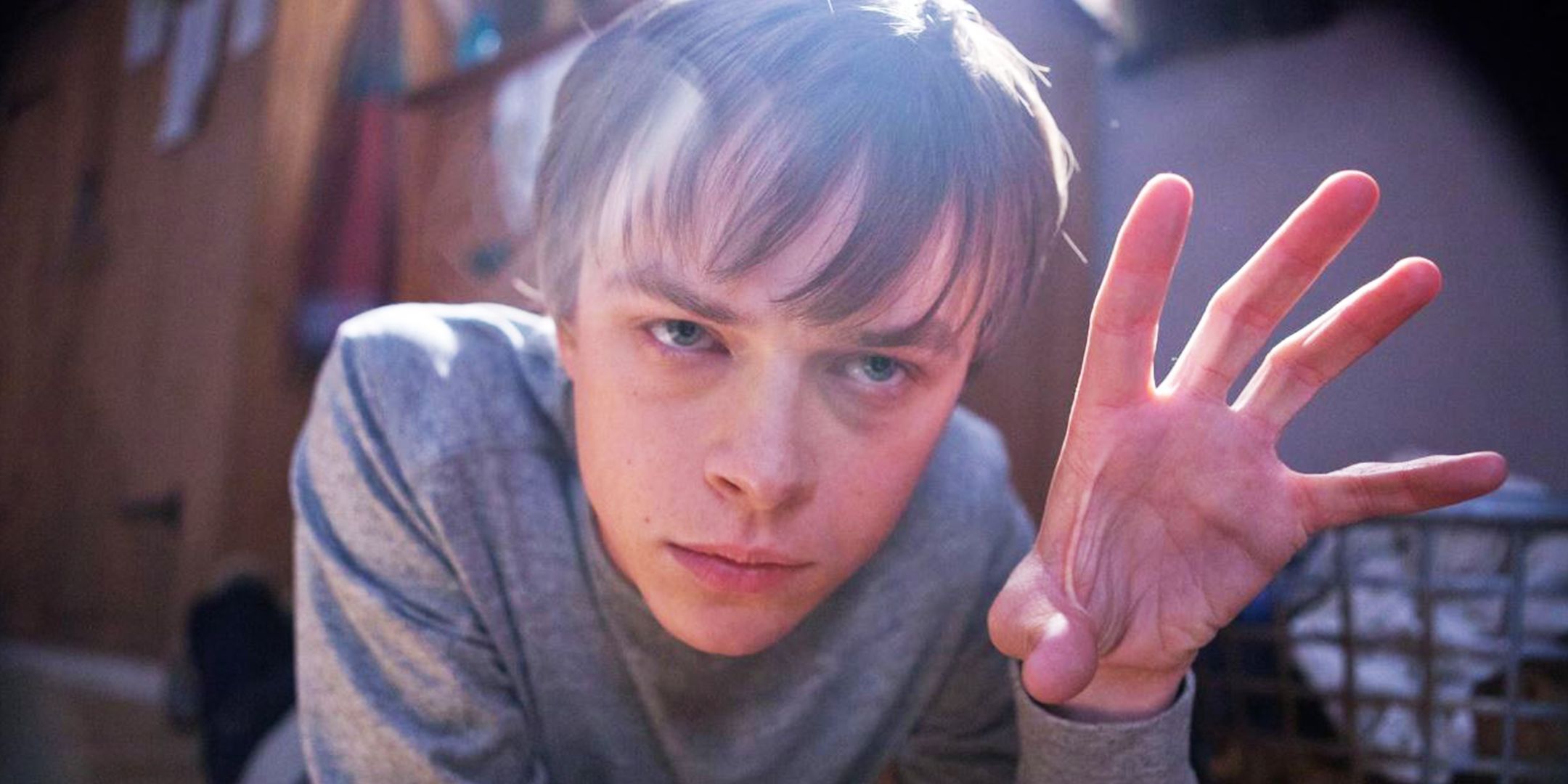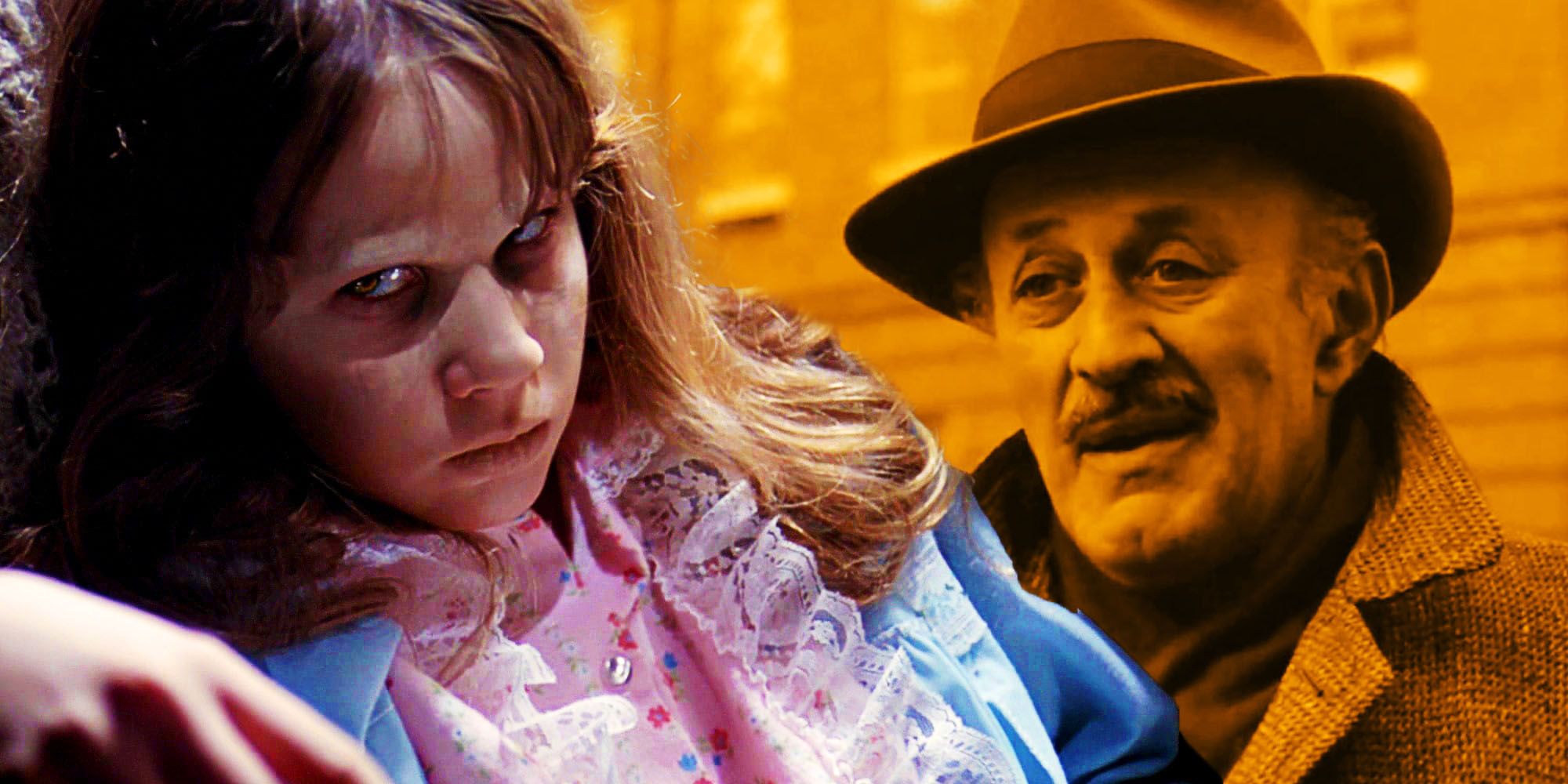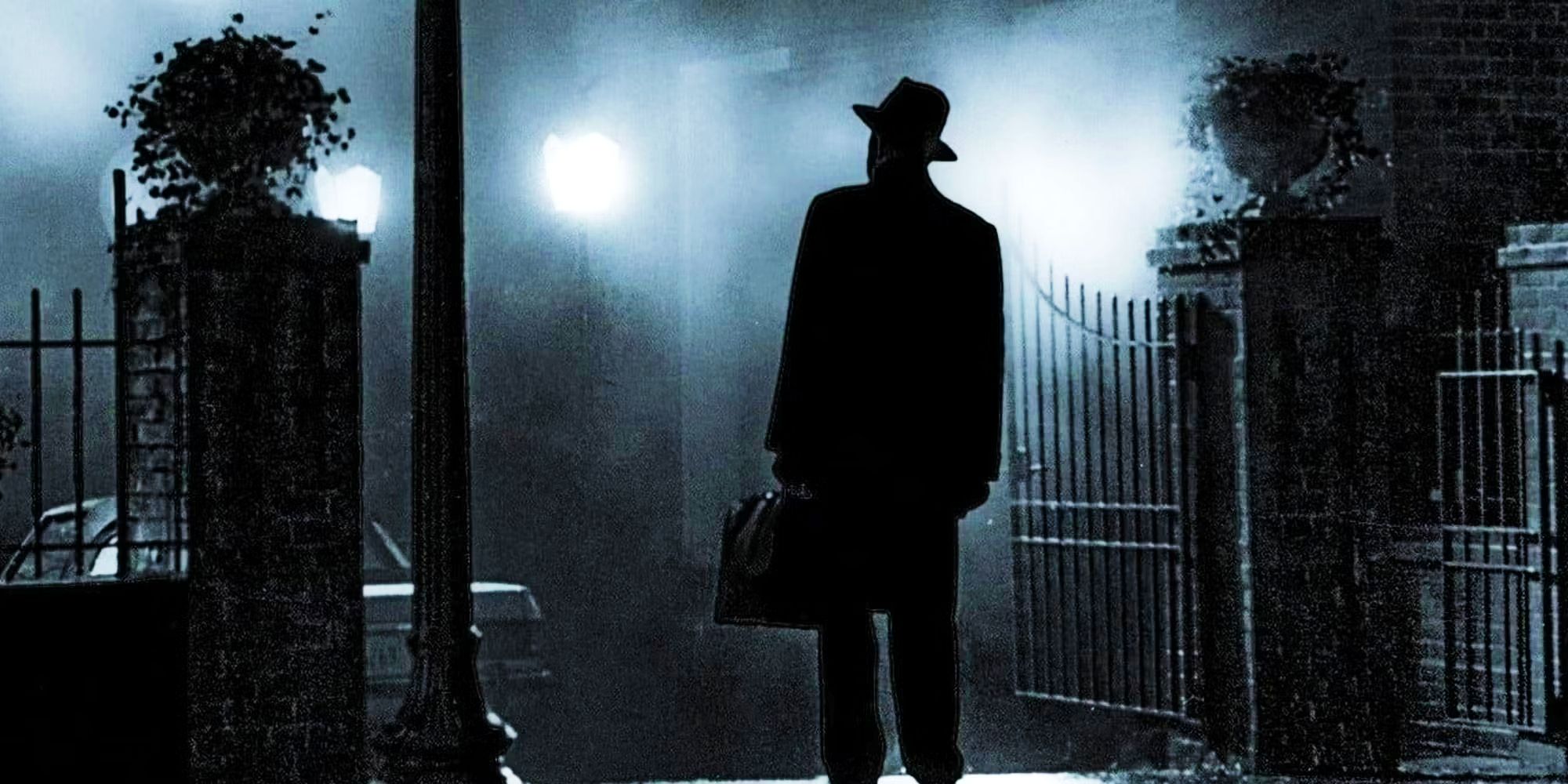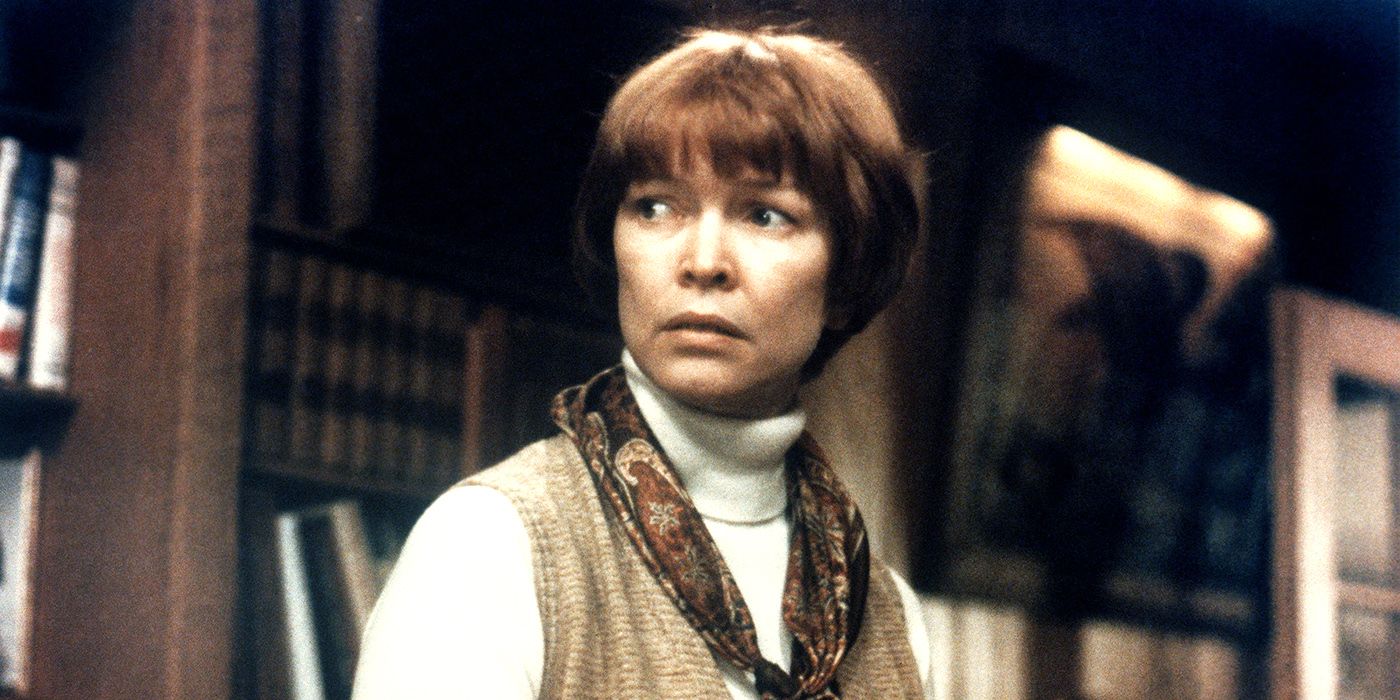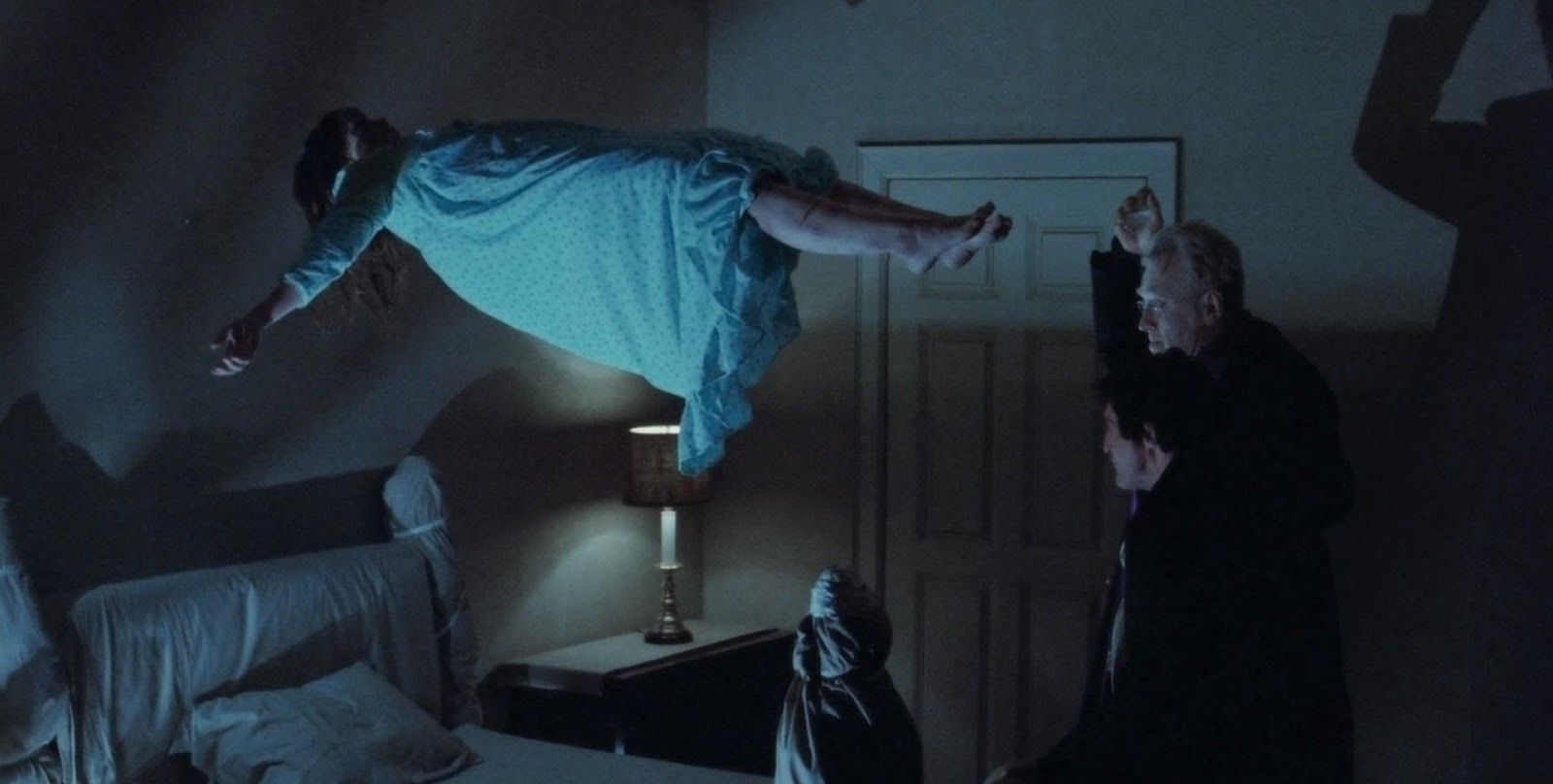Related
The Exorcistis believe one of the bang-up horror movies ever , but William Peter Blatty ’s alternate termination all changes the film . The Exorcistis a 1973 repugnance film based on William Peter Blatty ’s 1971 novel of the same name , where a young girl is own by a supernatural effect . As a film that bright illustrates the religion vs. science argumentation , The Exorcisthas remain relevant throughout the decade .
William Friedan ’s direction land a clinical approach to the story of Chris and her girl Regan . Before the horror ensues , the first one-half ofThe Exorcistplays like a family dramatic play . Chris does n’t believe there is anything supernaturally wrong with her girl and take her to doctors to regain the cure . Despite her trust in scientific discipline , Chris grows more and more hopeless . This hopeless tone is felt from the original ending in the theatrical slash ofThe Exorcist . However , Blatty ’s preferred closing conveys a much different tone .
The Exorcist Director’s Cut Had A Different Ending
In 2000 , “ The Version You ’ve Never get wind ” or “ The Extended Director ’s Cut ” ofThe Exorcistwas release with cancel scenes and an alternate ending . In the director ’s cutting , Father Dyer say Chris to keep Karras ’ medallion which she accepts . rather of Chris handing Karras ' laurel wreath to Dyer , basically rejecting faith , the alternate shows hearing that Chris kept the decoration and , by extension , faith .
Not only is the ribbon scene extended , but Detective William Kinderman show up after Chris and Regan leave Father Dyer . The two talk about their affection for films , and the picture show ends conservatively optimistic . The friendship that Dyer and Kinderman kindle is further explore inThe Exorcist III , which takes place fifteen years after the events ofThe exorciser . This continuation puts Dyer and Kinderman ’s friendly relationship at the forefront of the film , which makesThe Exorcist’salternate ending more powerful in hindsight .
Related : The exorciser : Every Change & New Scene In The Director ’s Cut
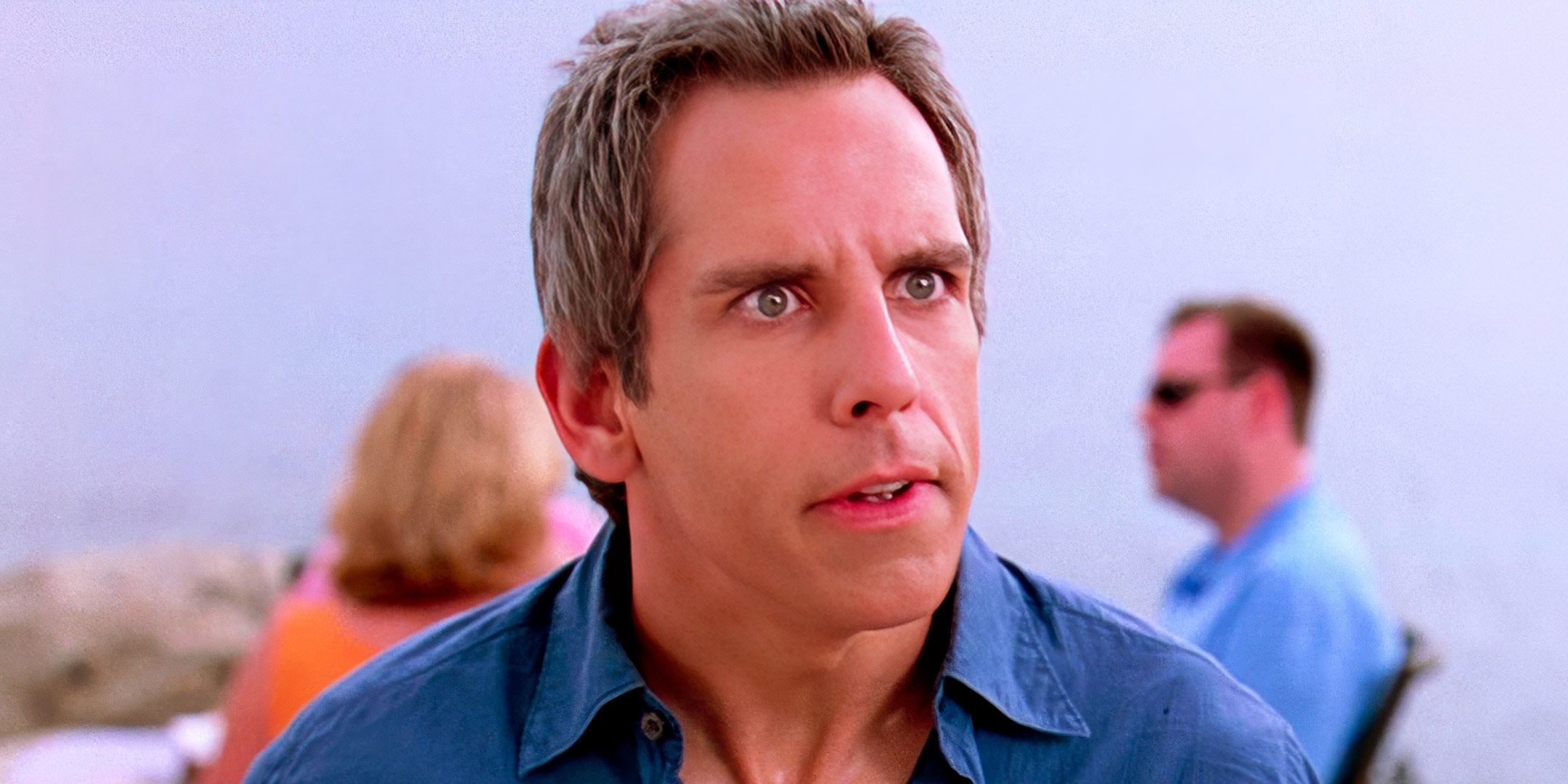
The Exorcist Director’s Cut Ending Changes The Movie’s Meaning
The Exorcistis largely about a crisis of fate . Through the picture show , non-Christian priest Darren Karras is drop off his trust , but his experience with Regan rekindles his trust , and he give himself to save her . Regan ’s mother , Chris , does n’t ab initio conceive in the supernatural and does n’t want to necessitate the Catholic Church in her affaire . Eventually , Chris witness the supernatural firsthand , and by admit the medallion at the end of the film , she confirms visually that she is no longer a skeptic .
By mail the message of the visual cue of religion , the message of faith is restored to the film . As a deeply religious Catholic , William Blatty wanted this religious theme to be conveyed . However , the theatrical film end with Dyer mourn the death of his friend . This entrust the film with a cynical shade that conveys the same hopelessness felt throughout the rest of the film . This ending is almost neutral and does n’t feel like good has triumphed over immorality .
William Blatty Wanted The Director’s Cut Ending Kept
According toAmerica Magazine , William Blatty believed there was good inThe Exorcist , but the theatrical end with Dyer mourning his friend oppose the message of faith . Blatty wanted the film to end in a way that it was clear that good victory over iniquity . In the extended director ’s cut , Blatty ’s bright subject matter is conveyed subtly , but it changes the film ’s meaning completely . Instead of ending the film in upheaval , it end the film with a slightly hopeful note .
While some could argue that the conversation with Dyer and Kinderman is too long , it shows a return to normality . A friendship between the two men present that living goes on and good has win . Without the extended medallion scene and the conversation between Dyer and Kinderman , The Exorcistends on an fantastically somber preeminence . However , this does n’t clash with the balance of the film , which can be read as a brutal film that offer no fellow feeling for its victim .
The Exorcist’sextended director ’s cut let in an alternate end and some other iconicThe Exorcistmoments , includingRegan ’s infamous wanderer - walk scene . Both cuts of the film convey a crisis of fate with horrific image and can engender different version , which will be debated in moving picture circles until the remainder of clock time . While William Friedan and William Blatty may have had differ opinions on the ending ofThe Exorcist , the film remains one of the most influential repugnance films ever made .

origin : America Magazine
